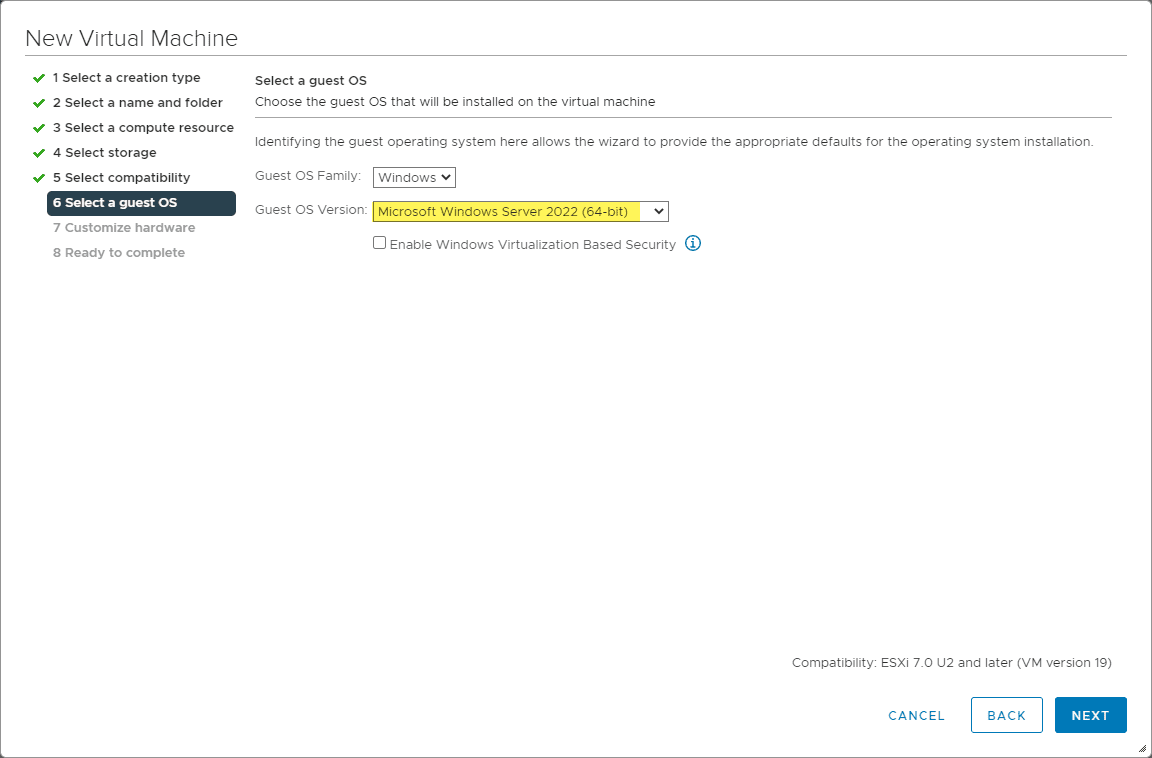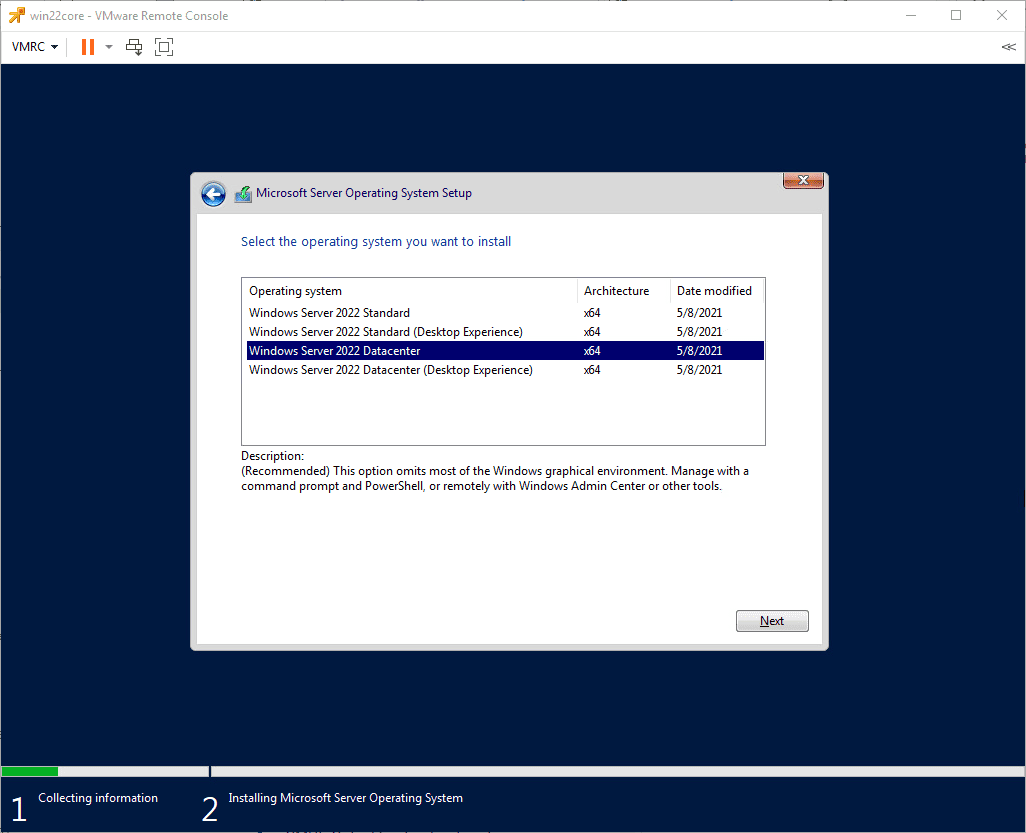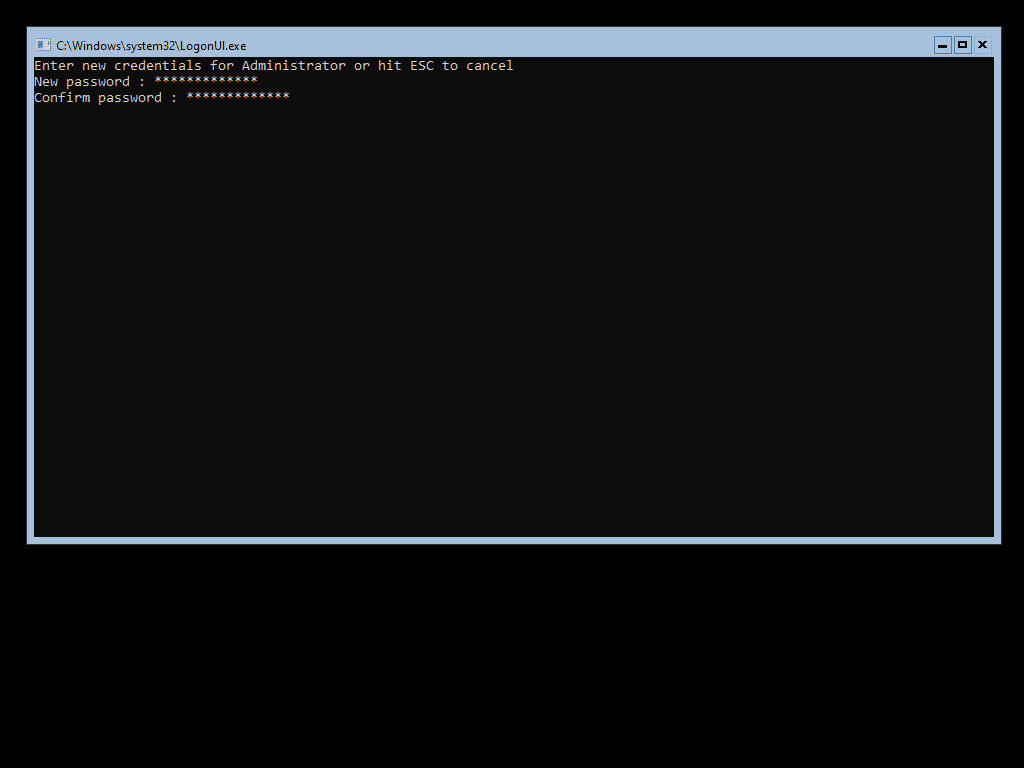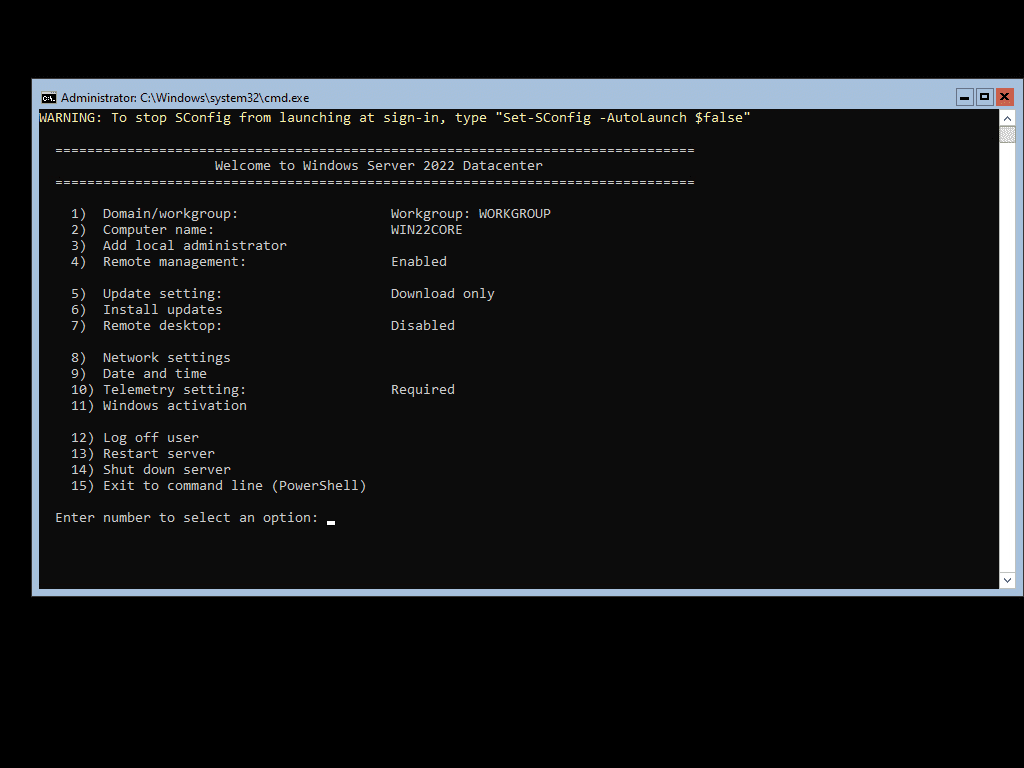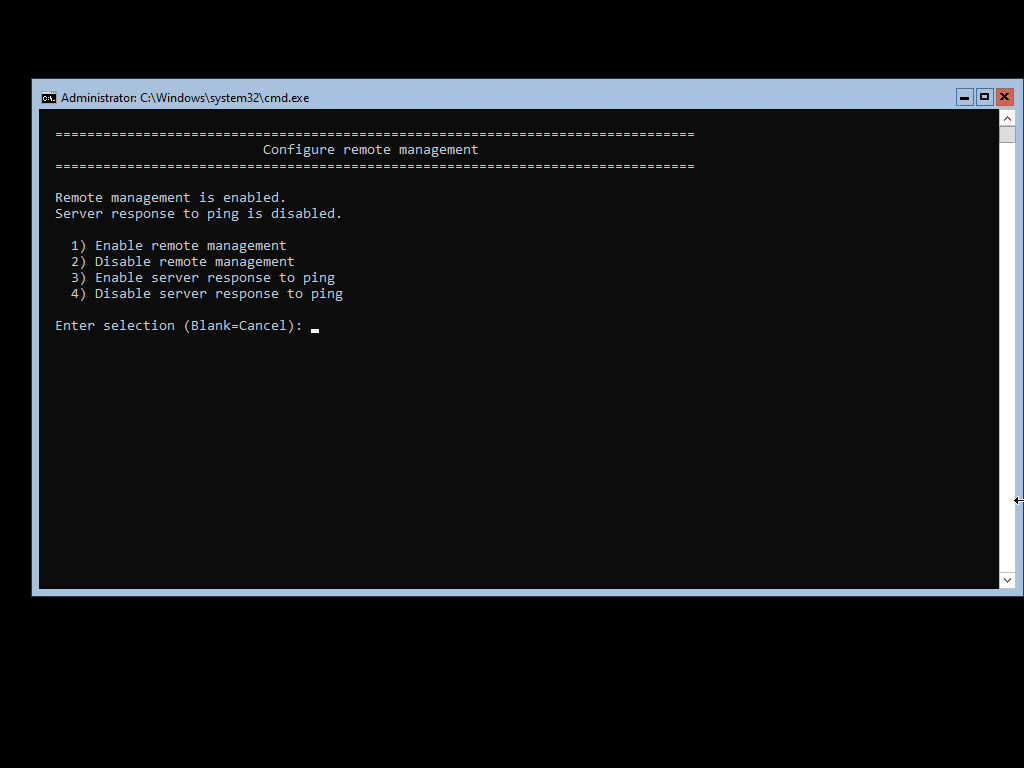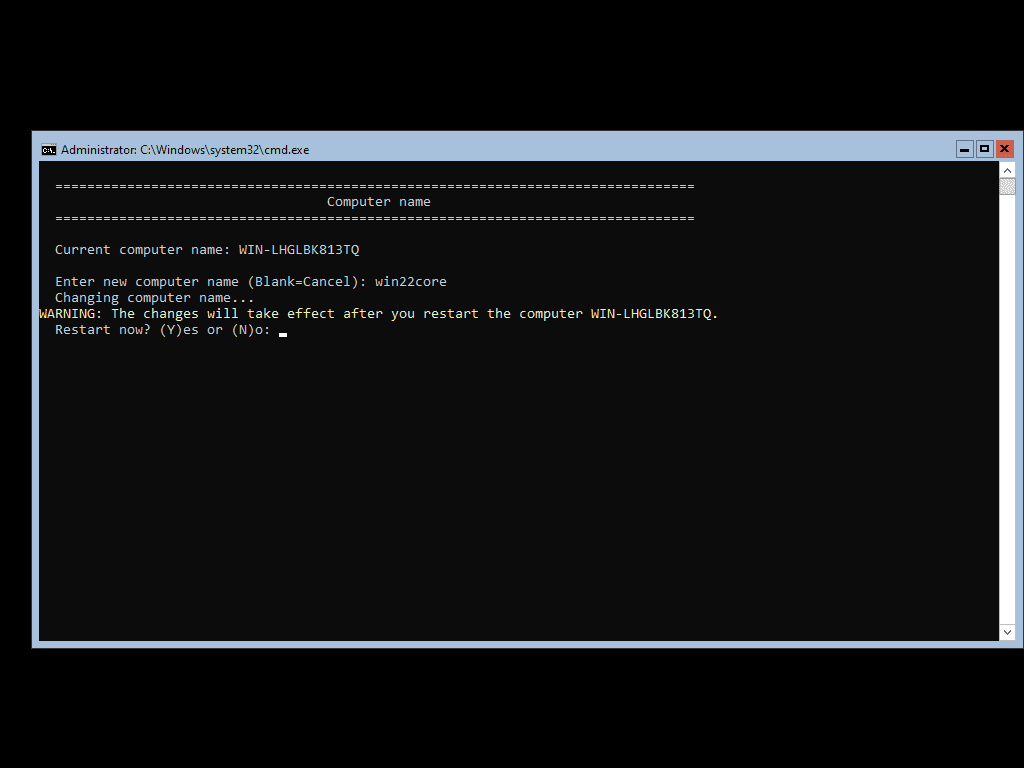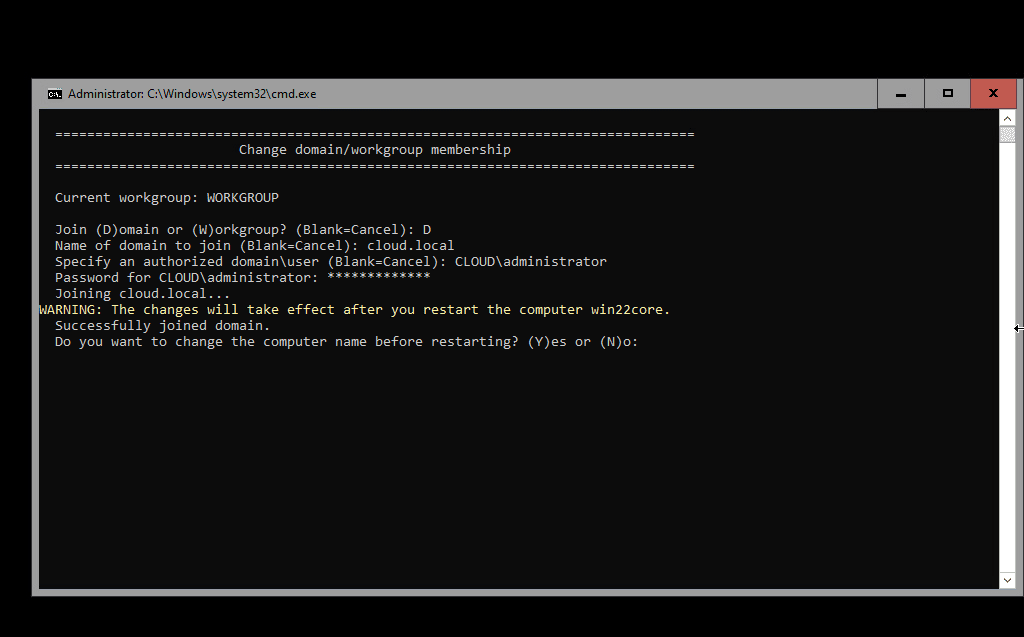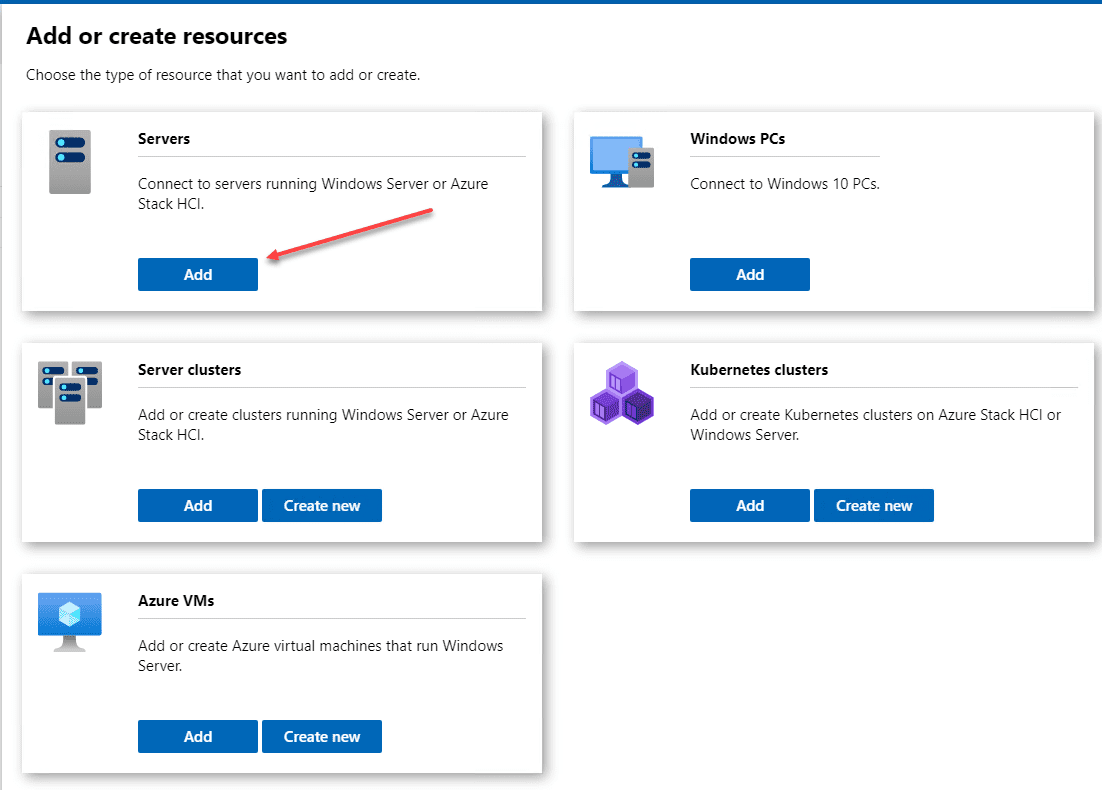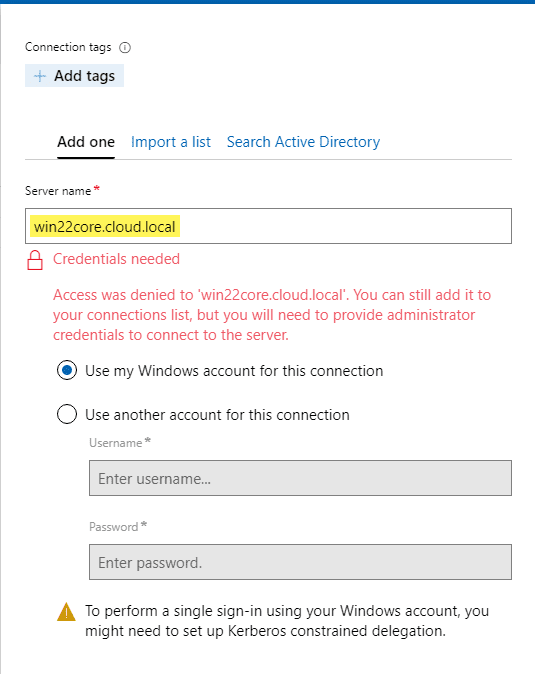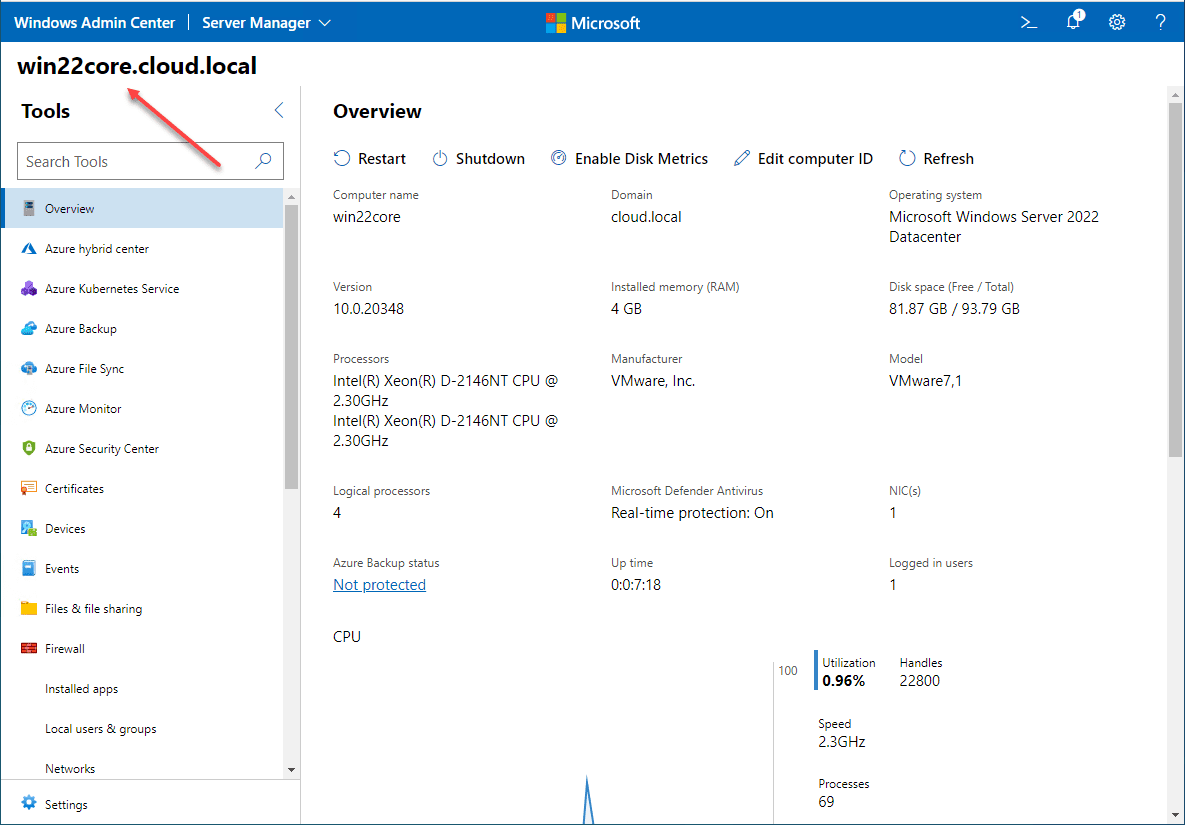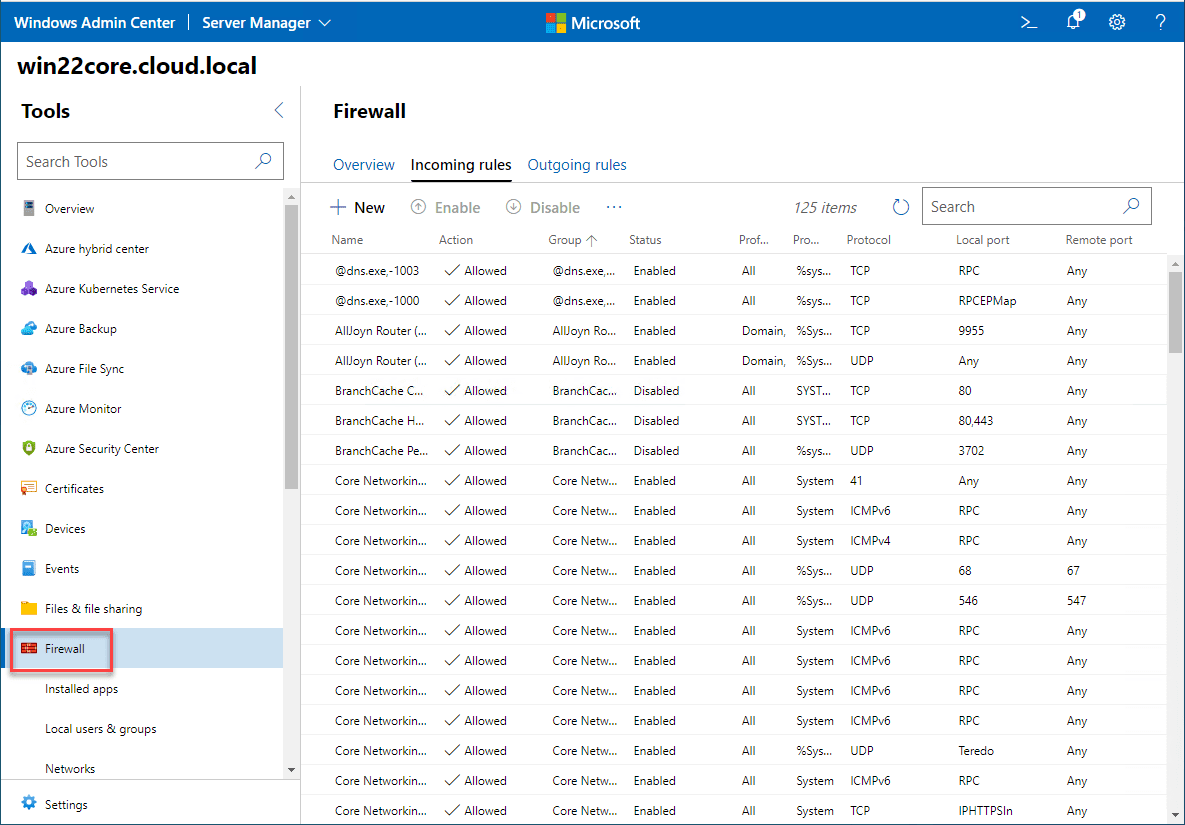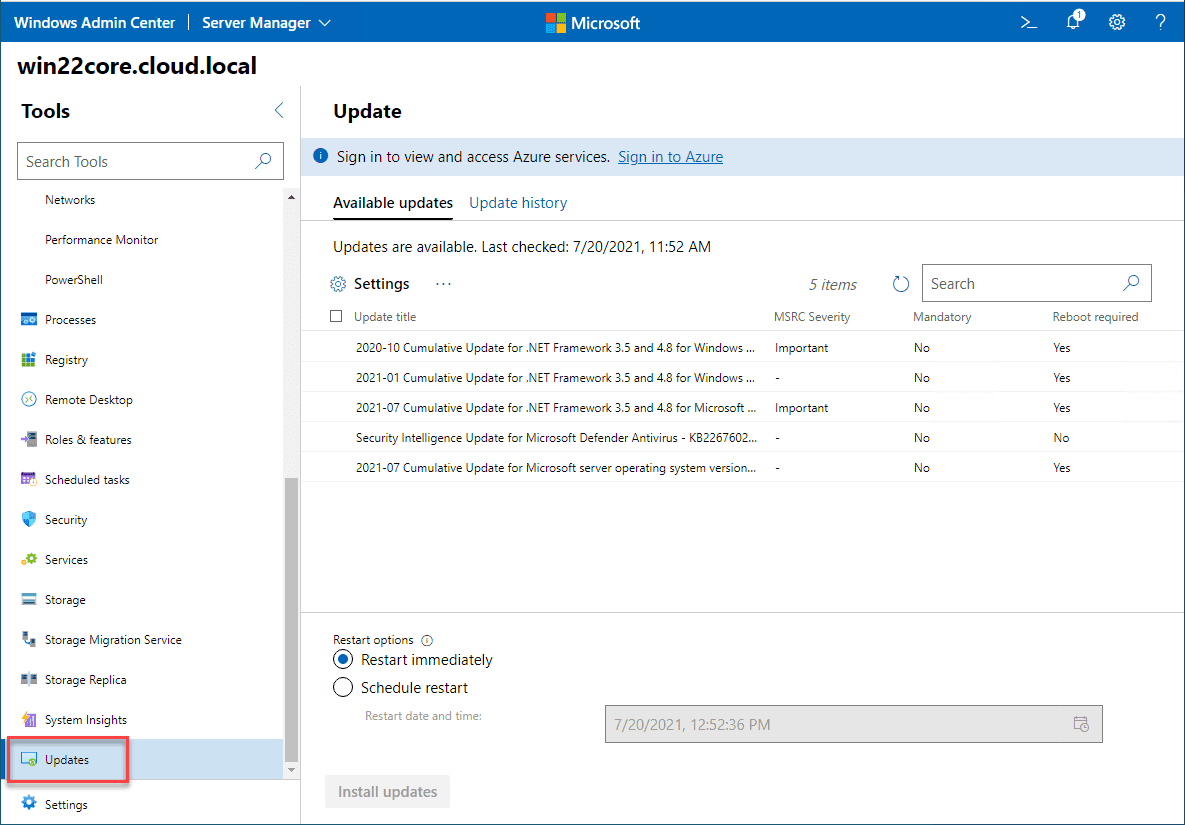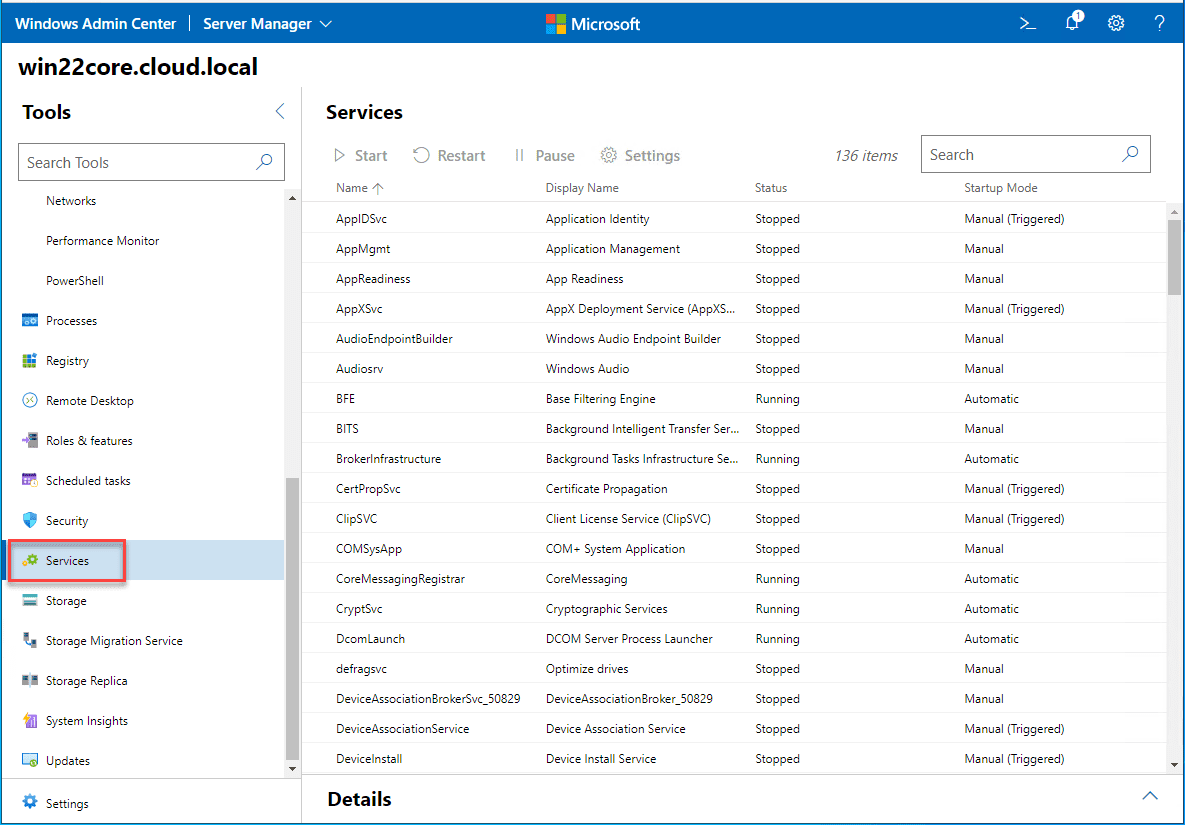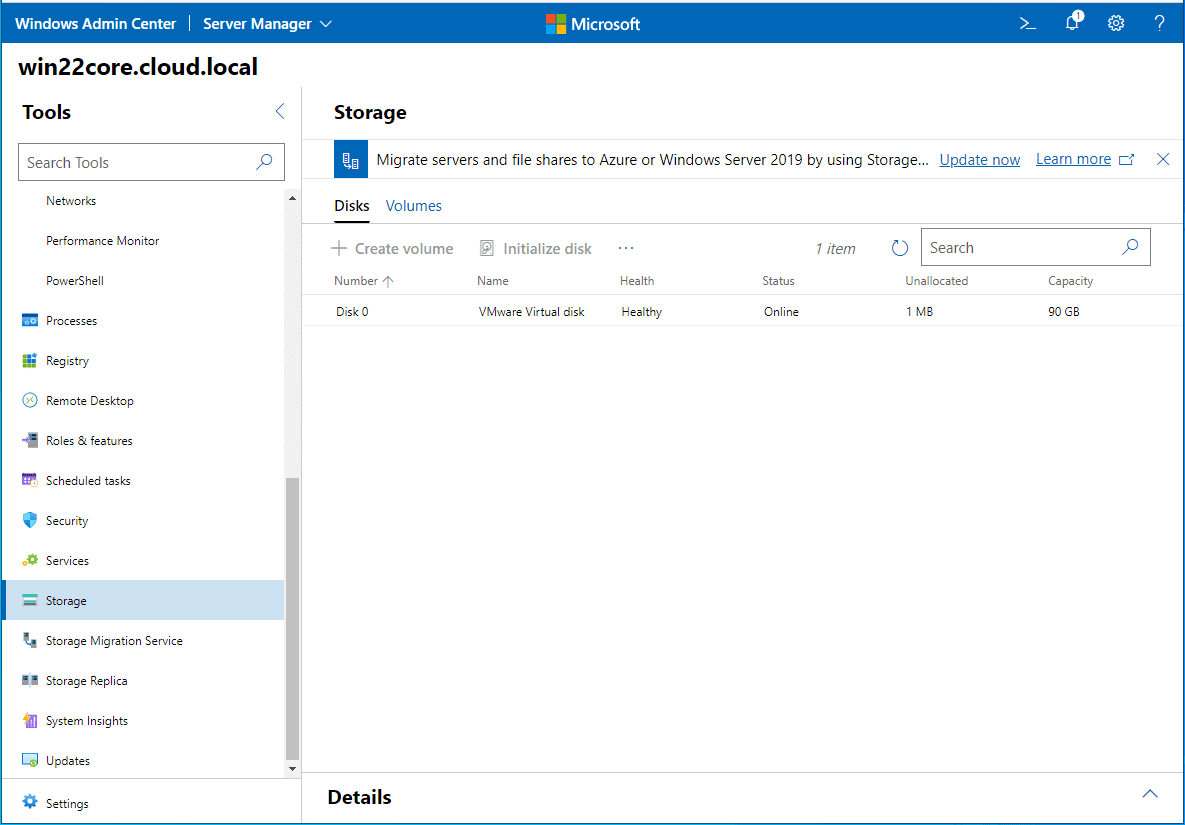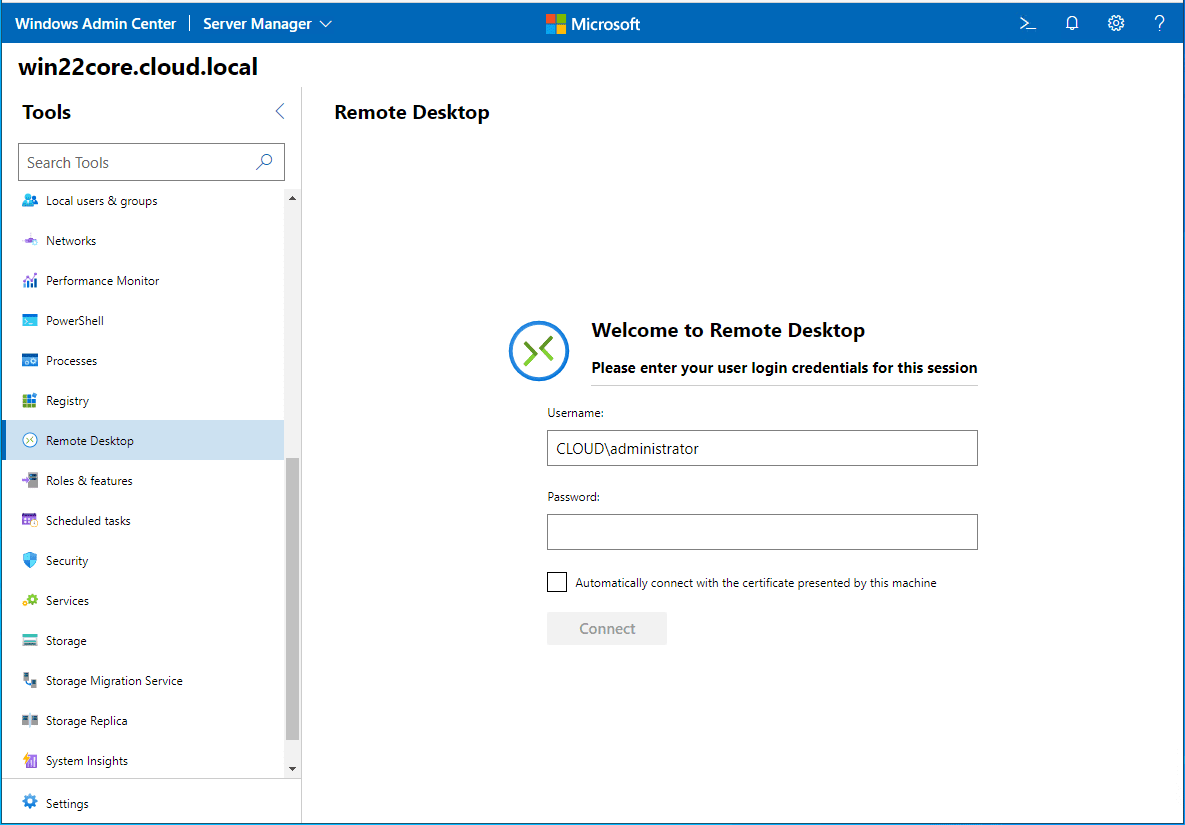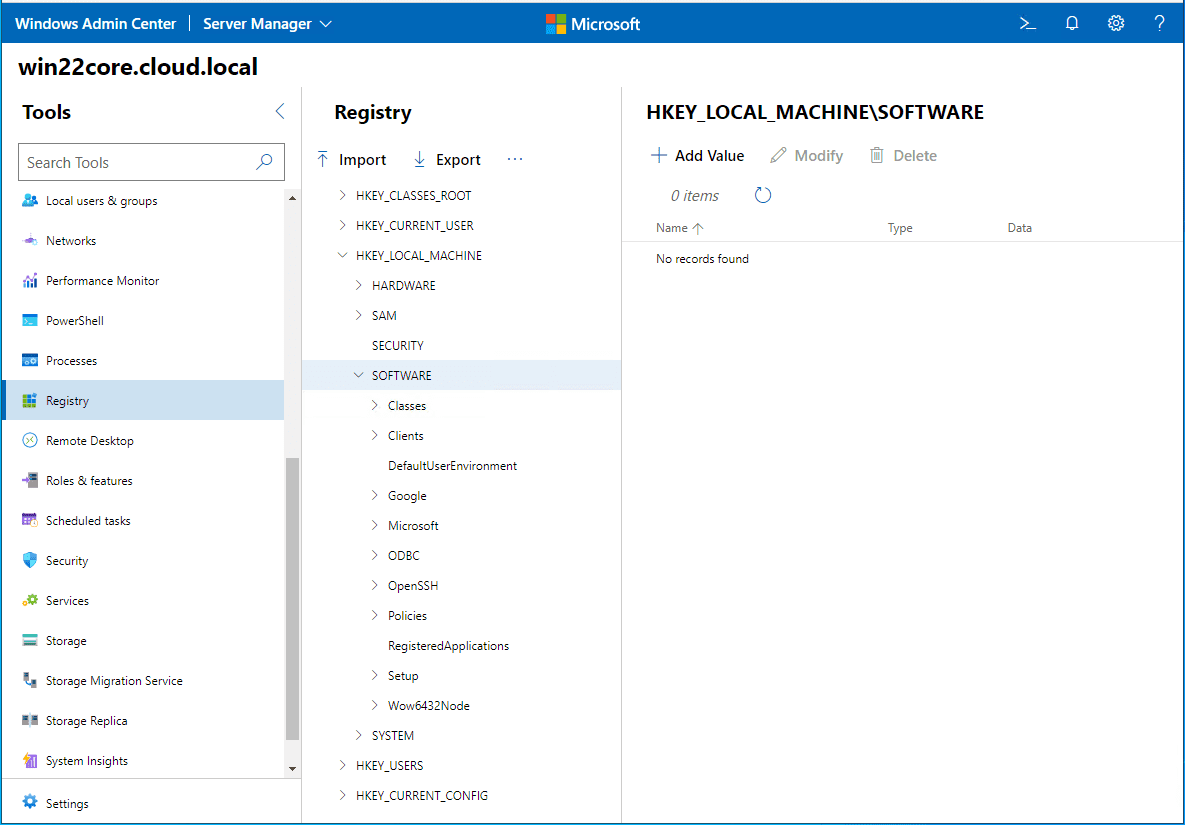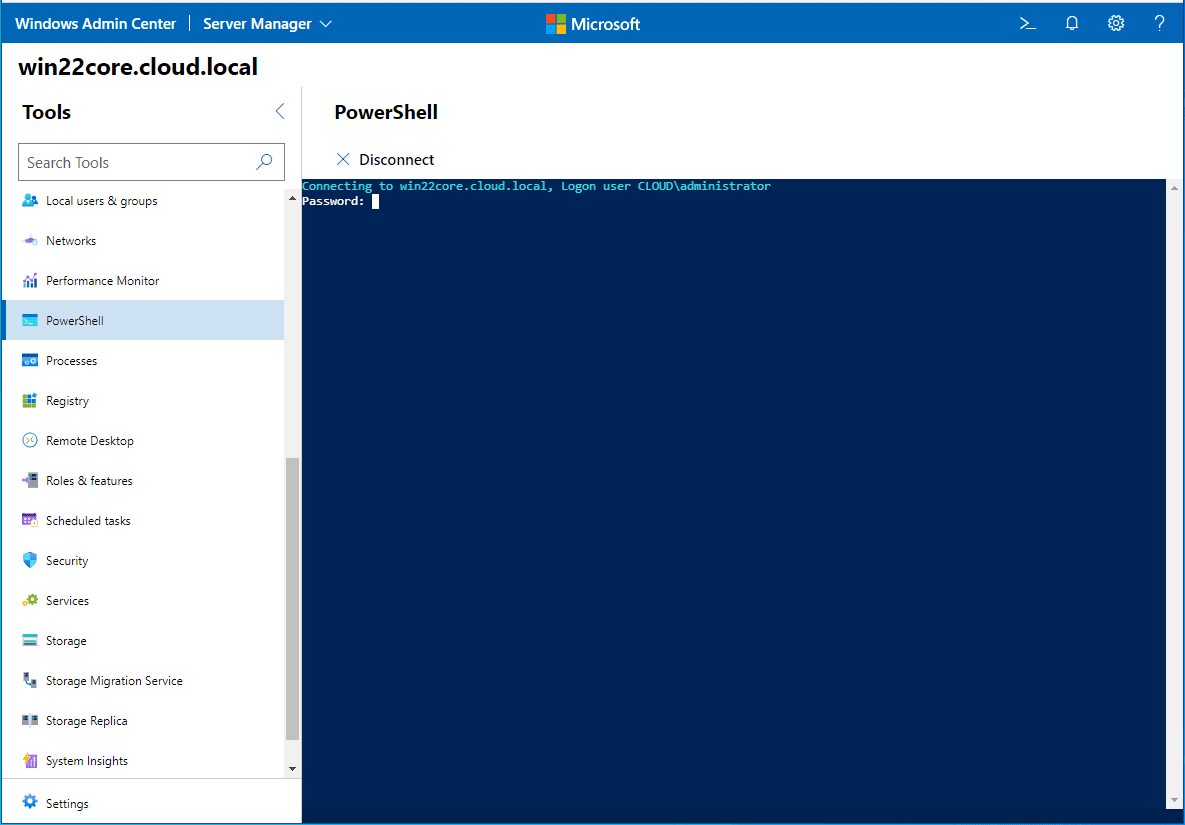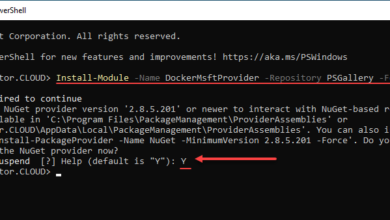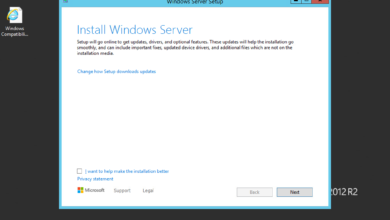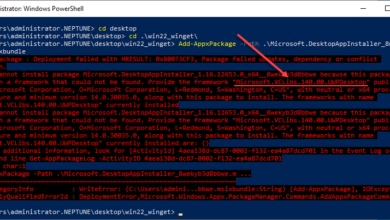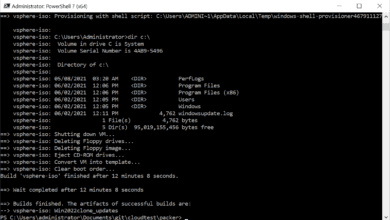Install Windows Server 2022 Core
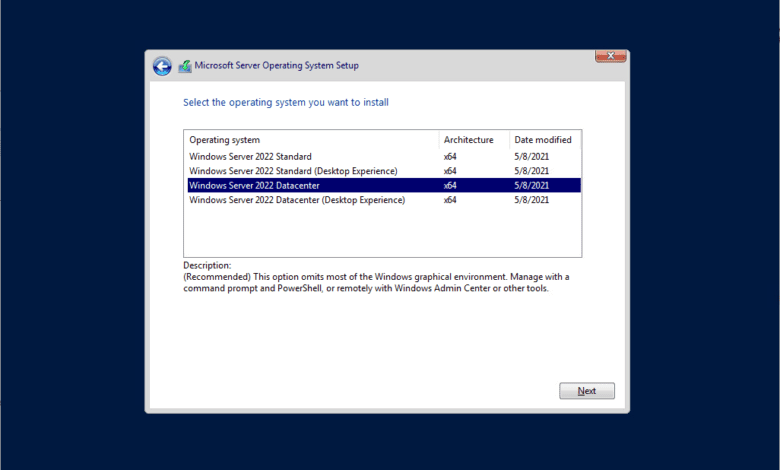
Windows Server 2022 is the next version of the Windows Server operating system. It is in the RTM phase currently and is soon to be released as GA. With each version of Windows Server, Microsoft has been getting closer to a point where the Core version of Windows Server is truly a viable solution for organizations. Windows Server 2019 Core was arguably the first Core operating system that tips the scales in that direction, largely due to Windows Admin Center. Windows Server Core manageability has always been the Achilles heel of the release. With Windows Admin Center, this is no longer a blocker for most. Windows Server 2022 continues to build on the momentum for Windows Server 2019 Core. Let’s take a look at how to install Windows Server 2022 Core and initial configuration.
Install Windows Server 2022 Core
In this walkthrough, I am using my VMware vSphere 7.0 Update 2a home lab environment to house the Windows Server 2022 Core installation.
The installation of Windows Server 2022 Core is straightforward and carried out the same way as the Desktop installation. Boot from the ISO file and run through the normal installation screens to get started. On the Select the operating system you want to install screen, select the either the Standard or Datacenter option without the (Desktop Experience) option.
After the Windows Server 2022 Core installation is complete, the first thing you will need to do is change the password as you do in the Desktop Experience installation.
Sconfig is still alive and well in Windows Server 2022. The Sconfig utility is the primary configuration utility you use for the initial configuration of a Windows Server 2022 core installation. After you have basic connectivity configured and the initial tasks complete, you can then use Windows Admin Center for further administration. Additionally, the Features on Demand (FoD) toolset can also be installed to have a few basic GUI configuration tools to launch locally o the Windows Server 2022 Core installation.
Using Sconfig to change the computer name of the Windows Server 2022 Core installation.
One of the first things you will most likely want to do is change the computer name from the autogenerated name that is assigned during the install.
Joining an Active Directory domain is easy as well using the Sconfig utility.
Most likely, you are already familiar with the Sconfig utility and the options available there. Let’s now look at how to use Windows Admin Center to configure Windows Server 2022 Core.
Using Windows Admin Center to configure Windows Server 2022 Core
As mentioned in the outset, Windows Admin Center closes the gap Microsoft has long had between Windows Server Core installations and efficient management. The difficulty in managing Windows Server Core installations has certainly been a barrier to entry with using Core installations.
With the introduction of Windows Admin Center, Microsoft now has a viable solution for managing Windows Server Core installations that makes the experience seamless and easy. Note how easy it is to add a Windows Server 2022 Core server to Windows Admin Center. Note, I did not do anything special with WinRM or any other changes from the command line to get the server to add correctly.
Enter the name of your Windows Server 2022 Core server as well as credentials needed to connect.
We have successfully connected to the Windows Server 2022 Core installation. Immediately we see performance metrics and relevant information in the Overview dashboard.
Need to add firewall exceptions? This is easy in Windows Adin Center. Click Firewall and add or edit existing rules.
What if you need to install roles and features? This is easy to accomplish with the Roles & features dashboard. You can install and uninstall roles and features in Windows Admin Center.
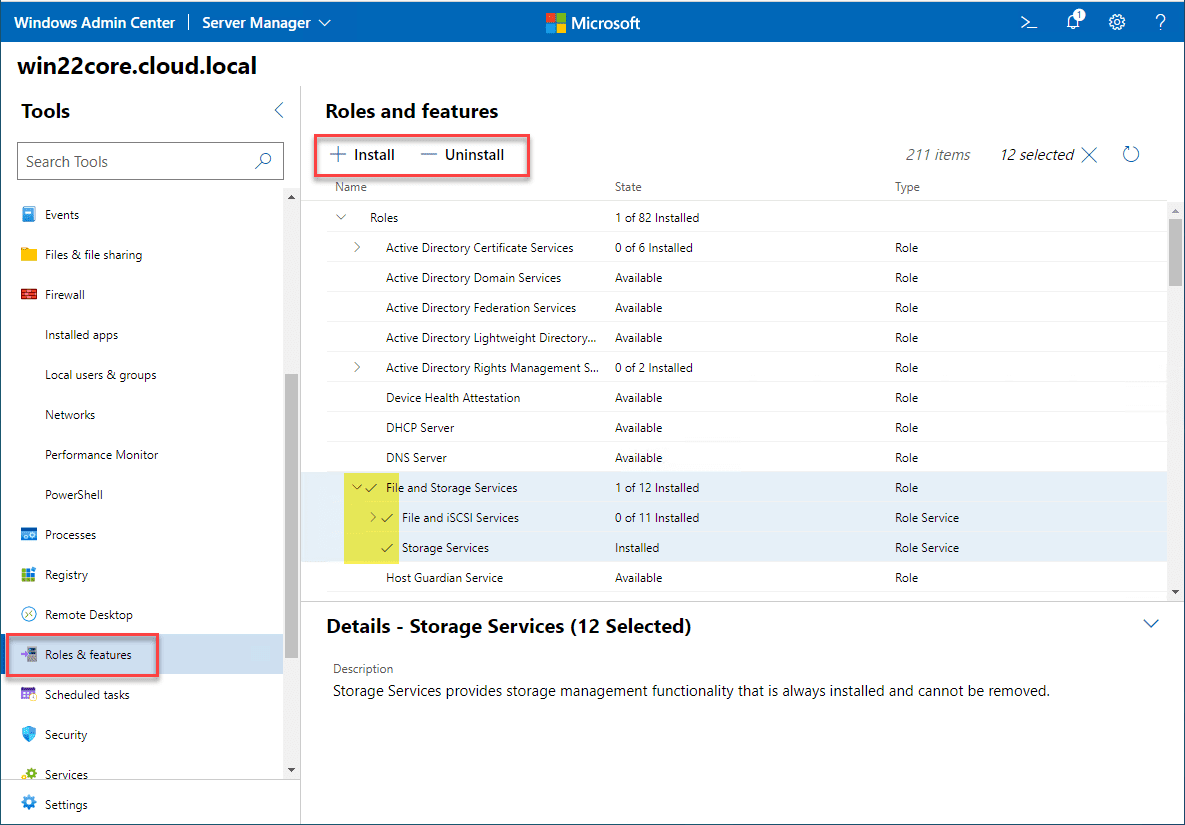
Installing Windows Updates on your new Windows Server 2022 Core server is as easy as clicking the Updates dashboard. It will scan and display missing updates for your Core installation.
You can also fully interact with Windows services using Windows Admin Center. You can stop, start, pause, and edit settings.
You can also manage storage disks and volumes.
Launch remote desktop settings from Windows Admin Center to your Windows Server 2022 Core server.
Configure the Windows Server 2022 Core registry remotely with Windows Admin Center.
Login to your Windows Server 2022 Core remote PowerShell prompt directly from Windows Admin Center.
Video overview of managing Windows Server 2022 Core
Wrapping Up
The process to install Windows Server 2022 Core is the same as installing Windows Server 2022 Desktop Experience. You can use Sconfig to perform initial installation tasks such as naming your Windows Server 2022 Core server and setting network properties.
After you get the initial configuration set, you can easily connect your Windows Server 2022 Core server to Windows Admin Center and have access to all the normal tools you need to install Windows updates, configure the firewall, configure services, install roles & features, configure storage, and interact with PowerShell just to name a few. Windows Admin Center makes Windows Server 2022 easy to administer and configure from a management perspective. There will no doubt be many more Windows Server 2022 Core installations moving forward due to the effectiveness of Windows Admin Center.


